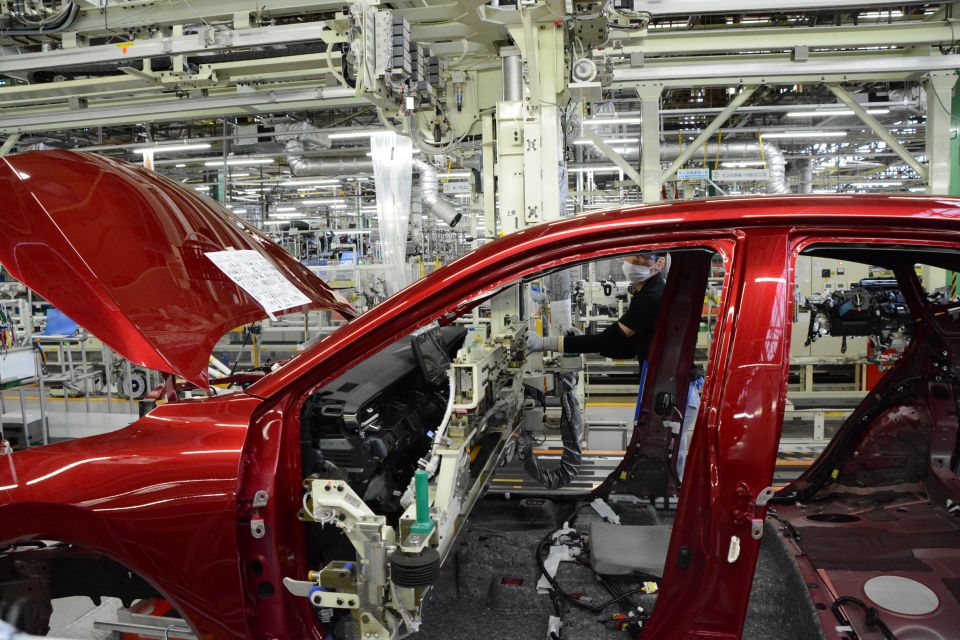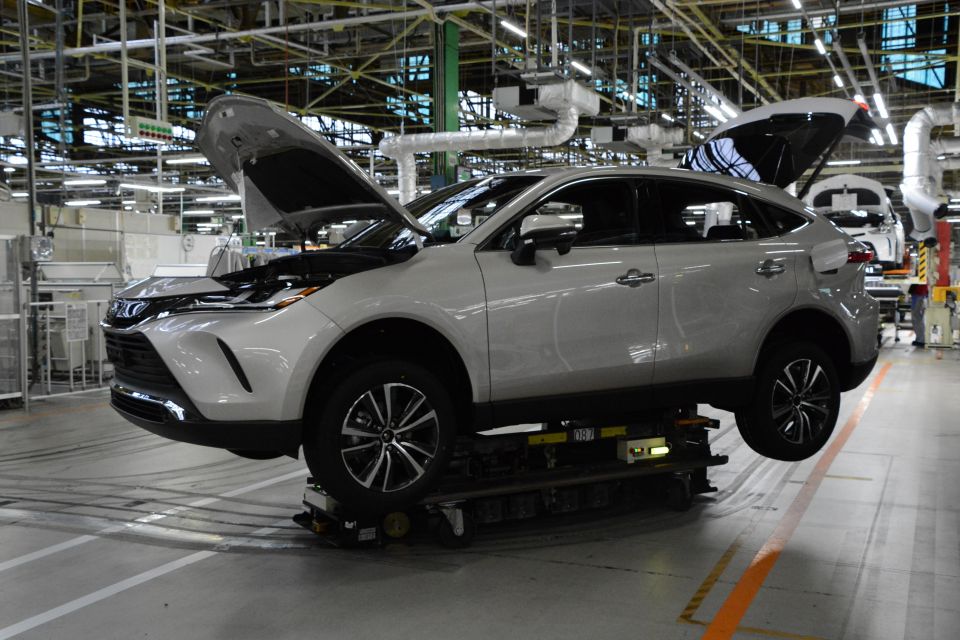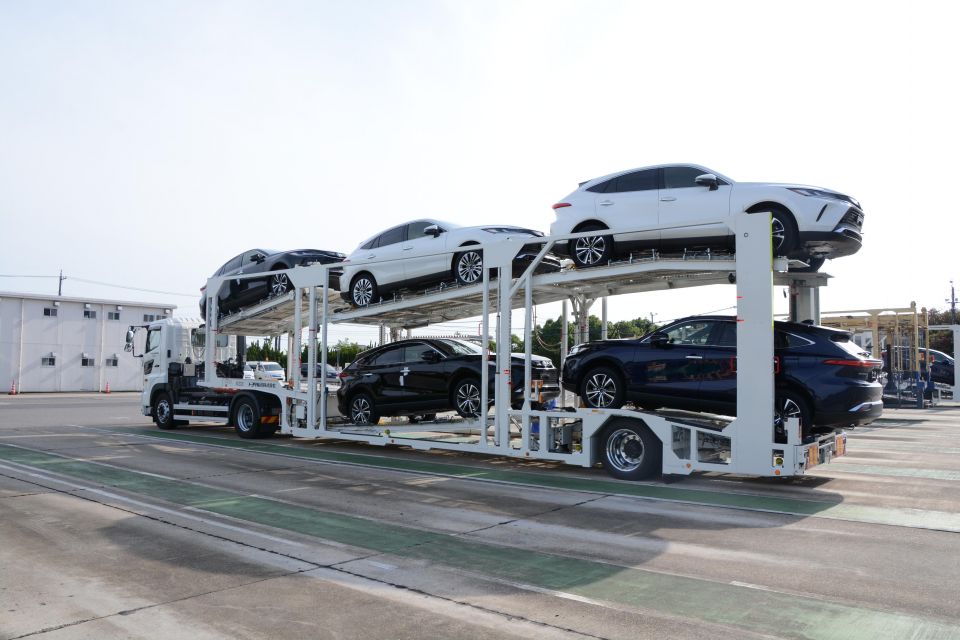

Matt Campbell
2025 Volvo XC90 review
4 Days Ago

Senior Contributor
Toyota Motor Corp. has been forced to again reduce the number of cars it builds over the next quarter, slashing output goals by hundreds of thousands of units.
Parts shortages remain the cause, but TMC has further contextualised the decision as a bid to ease strains on key suppliers and to ensure vehicle quality.
The company will take what it calls an “intentional pause” between April and June, trimming back planned outputs to “be more reasonable in line with recent realities”. It is not the first time it has been forced into making such a move, as the links below demonstrate.
It will slash its global production plan for April by 150,000 units to 750,000 cars, and says its average production levels per month from April through June will be a slightly more robust 800,000 – down from the 900,000 monthly average it targeted at the start of the calendar year.

It will also suspend output at a quarter of its domestic production lines during April, for a few days at a time, at its Tsutsumi, Tahara, Kyushu, Iwate, and Fujimatsu plants, affecting vehicles such as the Camry, Corolla, C-HR, Yaris and Yaris Cross, plus the Lexus LS, NX, UX, ES and RX.
The world’s biggest carmaker has, like all other OEMs, been battling semiconductor shortages and COVID shutdowns, and its subsequent bids to recover lost production by any means necessary have evidently taken a toll.
Australia is not immune from all this, with the country’s biggest car brand struggling with supply shortfalls that have pushed waiting times on key models to between three and 12 months – not that it’s an orphan when it comes to lack of stock.

A statement from TMC gives some insight.
“We at Toyota have made repeated adjustments to our production plans due to the parts shortage resulting from the spread of COVID-19, causing considerable inconvenience to our customers and other parties concerned,” it said.
“Up until now, we have conducted recovery production with tremendous efforts from the various relevant parties with the aim of delivering to customers as many vehicles as possible at the earliest possible date.
“However, due to the parts shortage, we have had to make repeated last-minute adjustments to production plans, and this has imposed considerable burdens on production sites including those of suppliers.

“Under these circumstances and in light of a review of past developments, we have revised production plans to be more reasonable in line with recent realities.
“Specifically, we have positioned the three-month period from April to June as an “intentional pause,” and we will create plans based on the personnel structures and facility capacities of suppliers.
“By doing this, we will establish healthy workplace environments that place the highest priority on safety and quality, rather than exceeding the capacities of facilities, pushing people to their limits, and making do through overtime work.
“We will then inform our suppliers of plans that incorporate production reduction risks and other factors up to three months in advance, review production plans on a monthly and three-monthly basis, and share these plans with our suppliers.”
MORE: Toyota RAV4 shortages and wait lists remain in 2022 MORE: Toyota to cut Japanese production significantly from April MORE: Toyota cuts February production plans as COVID bites again MORE: Toyota resumes Japanese production after cyberattack
Where expert car reviews meet expert car buying – CarExpert gives you trusted advice, personalised service and real savings on your next new car.


Matt Campbell
4 Days Ago


James Wong
3 Days Ago


CarExpert.com.au
2 Days Ago


William Stopford
2 Days Ago


Max Davies
1 Day Ago


Damion Smy
13 Hours Ago
Suggested Comparisons